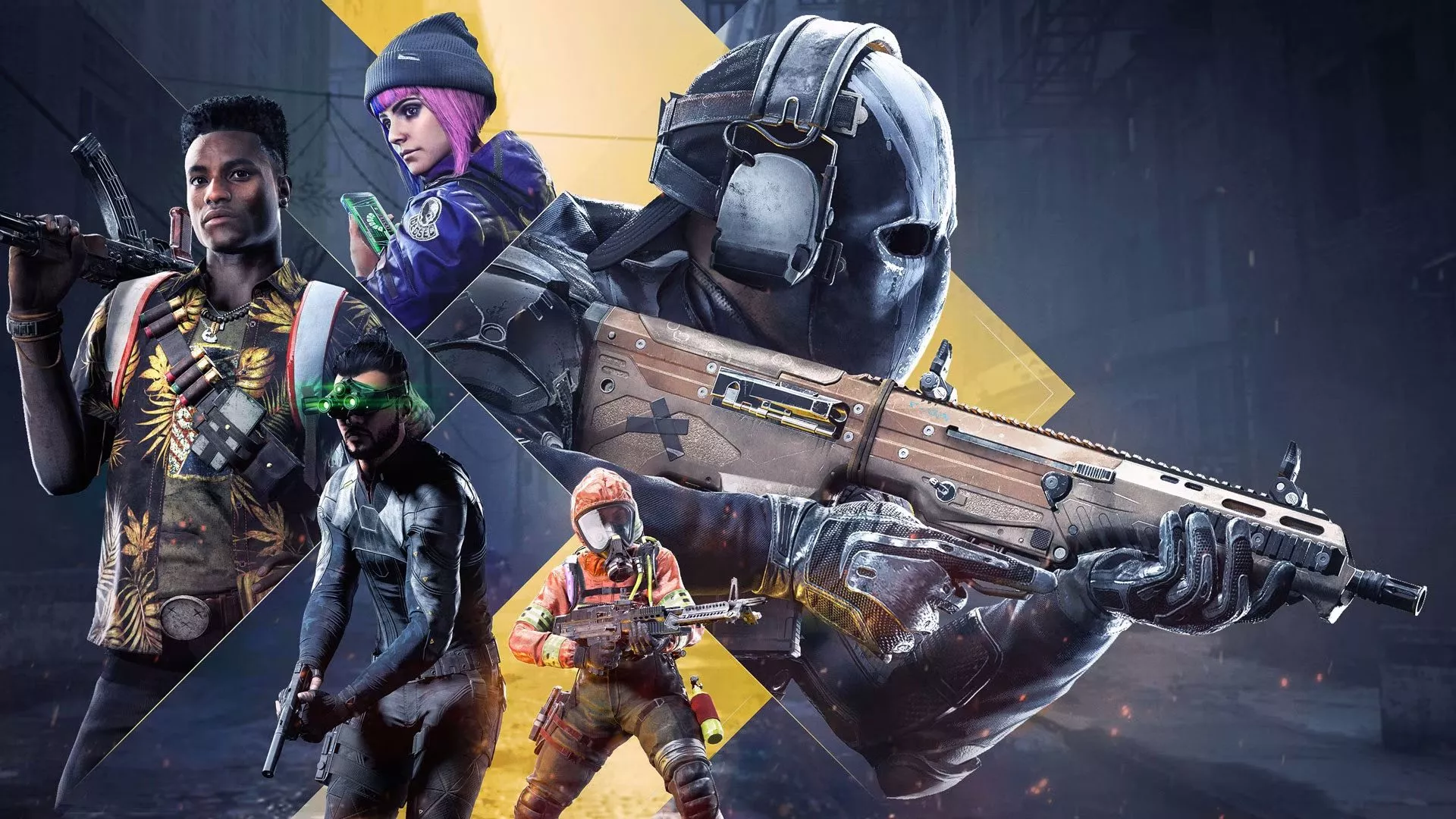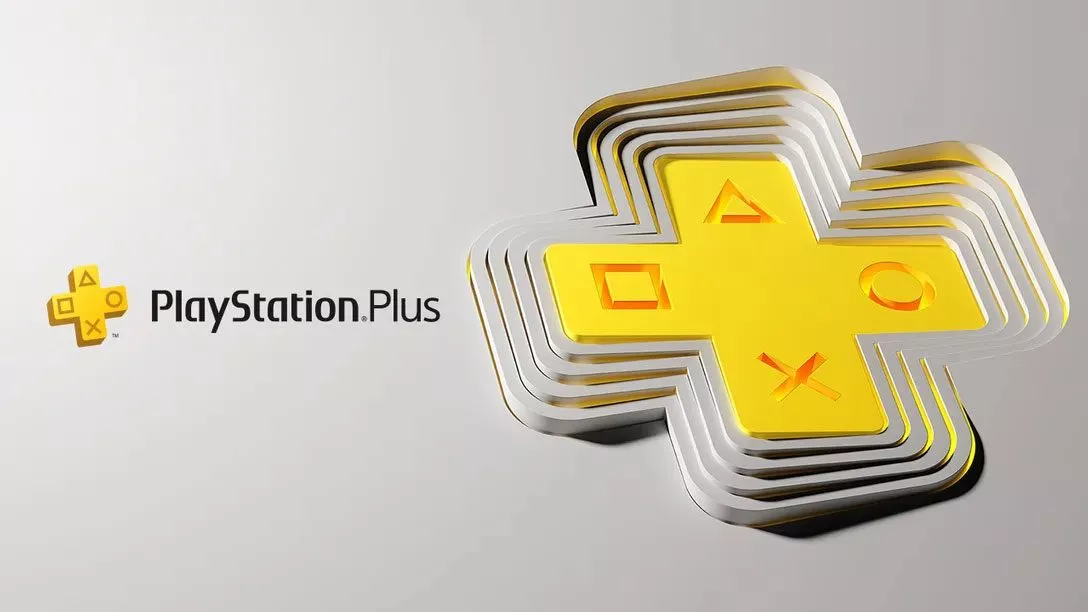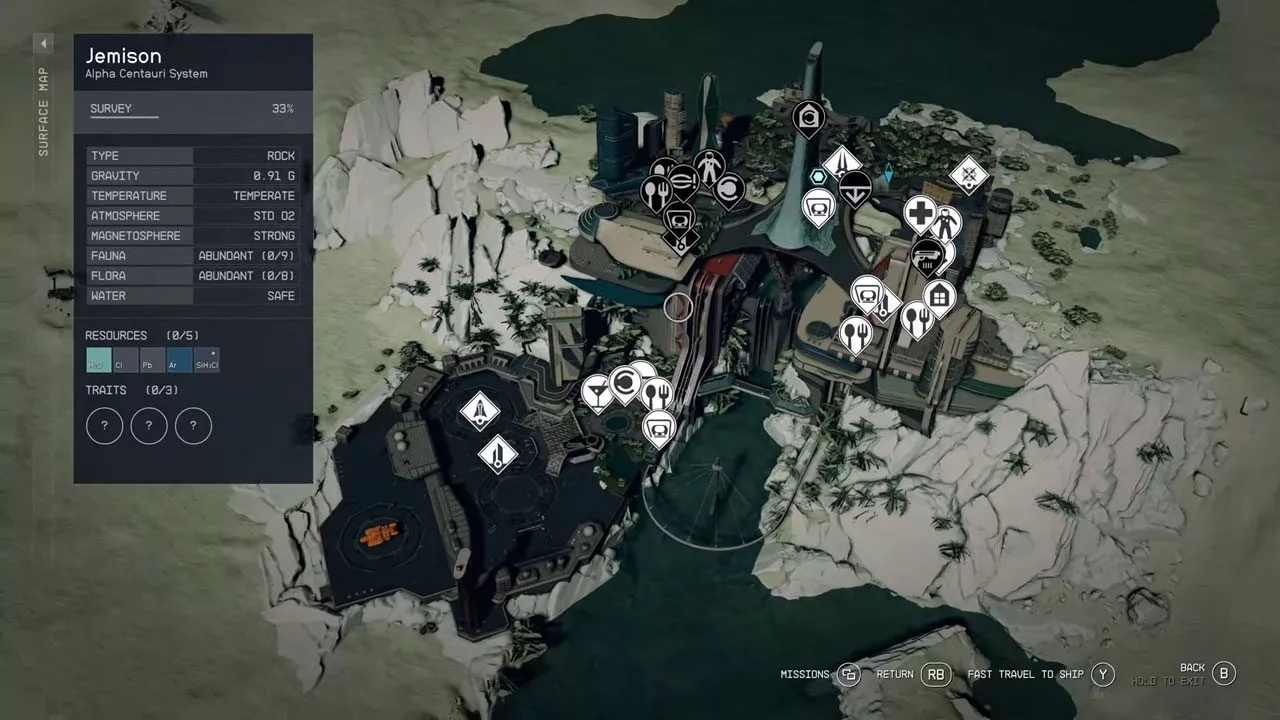Nintendo has owned the handheld market for decades with the Game Boy, DS and Switch. PlayStation provided a point of difference with the PSP and Vita. Meanwhile, Xbox has never expressed interest in portable gaming, but with the advent of streaming technology, it’s poised to strike with the true next-generation of handheld gaming through Project xCloud. If it works in the real world as well as the demo I played at E3 2019, Project xCloud is simply amazing.
Project xCloud vs Xbox console streaming
Straight off the bat, Microsoft needs to improve the marketing strategy for its two pronged approach to mobile streaming. If it isn’t clear when the proper names are announced, it’s in danger of losing its trump card against Google Stadia with a Wii U style communication blunder.
These are two very different ways of doing the same thing. If you already have an Xbox One, it’s the console streaming that is of significant interest. This turns your existing Xbox One console into a personal server. Instead of streaming from Microsoft, stream games from your own Xbox One console, on any device, anywhere, and it’s all completely free. That’s the unparalleled selling point — stream all the games you already own, and those installed from Games Pass, without paying for them again.
Play games on your phone, tablet or PC directly from your Xbox One, all with an Xbox One controller. We’ve seen third party apps and PlayStation do something similar for off-TV play over wi-fi at home, but these have always had drawbacks and limited devices. The PS4 to mobile streaming didn’t make much of an impact because Sony was too focused on trying to sell Xperia phones. Xbox is open to a wide array of devices.
Truthfully, sitting at home and playing an Xbox One game on my phone while the TV is otherwise occupied is how I will use this — the same way I primarily play Switch — but it’s not why this concept is so amazing. Unlike those that came before it, Xbox console streaming goes beyond the home. So long as the infrastructure allows it, you can stream from your Xbox Console at home to your phone or compatible device, wherever you are. Imagine online co-op at a mate’s place sitting side-by-side, playing on the train to work or while travelling for business, all for free. It’s a good thing 5G is rolling out in Australia soon. That’s Xbox console streaming, which begins with Xbox One and will carry over to Scarlett.
Project xCloud is targeting players who don’t have an Xbox One (or Scarlett) at home, but want to play Xbox games. It’s also a direct competitor to Stadia, with full HD and potentially 4K games streamed to big screens, without an Xbox console or PC hardware to run them, part of the plan. Instead of streaming from your own console, stream from Microsoft’s Azure servers, which have already proven their superiority over Google Stadia. Obviously there will be a cost for this, but it’s not clear how it works or what games will be available. While the entire Xbox One library could be part of Project xCloud, the logical solution would be to team it with Xbox Games Pass, rather than buying individual games.
We also have to wonder how much data this will consume. Microsoft isn’t ready to talk about it just yet, and probably hasn’t conducted enough testing to really know, but it’s going to be a major concern for anyone planning to play on the go. Telcos are starting to nudge us towards unlimited mobile data plans, but these are still very expensive, no matter where you live.
Hands-on with xCloud
In a controlled environment at E3, I played Resident Evil 7 and Halo 5 with an Xbox One controller on a Samsung Galaxy phone. It worked flawlessly and looked amazing. Any reduction in quality was masked by the smaller phone screen, but it looked considerably better than anything on Switch, despite also only running at 720p.
These games were streaming from Microsoft’s Azure servers in San Francisco while I was in Los Angeles and they ran without a hitch. There was no delay in either the game streaming or input from the controller, and in my short time playing both games, I didn’t notice any performance issues with either; they both ran as if I were playing at home on my Xbox One. Having said that, the person next to me had his game crash.
The setup at E3 had an Xbox One controller tethered to a phone on top. It’s very comfortable, and in some ways more than Switch, due to the full size controller. But it’s also very bulky and will require some assembly after being stashed in a backpack, which is where Switch still has a massive advantage; you won’t be able to lie in bed playing like this. The version we played may have been rushed together for E3, but it’s not exactly durable, and kids would need to be careful as the phone does pop out of the cradle fairly easily.
Microsoft hasn’t announced an official phone holder for the Xbox One controller, but in a behind closed doors session, General Manager of Xbox Live Dan McCulloch was asked if they will release one and rolled out the generic “stay tuned” in a manner that suggests it is definitely happening. I would prefer an official Microsoft option, and I hope it takes into account comfort while playing, but also the requirements of portability in handheld gaming. I certainly prefer using a real controller, rather than trying to shoehorn in terrible touchscreen controls, which will also be an option.
There are some games that may struggle on the small screen, which I recently noticed with Cricket 19 on Switch. When games are designed for a massive 4K TV, some smaller elements can become impossible to see on a 6-inch screen, be it a Switch or a smartphone. Project xCloud counters that somewhere with larger devices also supported, and it’s not actually a fault with the technology nor the game design, as most Xbox One games were never intended to be played on a tiny phone screen, but it’s something to be aware of.
Xbox chose games that don’t have this problem to demonstrate at E3. Halo 5 looked gorgeous, and I had no problems popping headshots or flying around in a banshee. At its slower pace, Resident Evil 7 also performed admirably, despite having more smaller items to interact with, so perhaps I’m worrying too much about losing detail on a small screen.
Until I’m sitting at home, on a train and at a friend’s house flawlessly and comfortably playing Halo on my phone, questions will linger over Project xCloud and Xbox console streaming. But from what I played at E3 2019, I’m suitably impressed — plus it all comes at no cost to existing Xbox gamers, who will be able to access their entire library of games remotely. It’s hard to ask for more than that.
Project xCloud and Xbox console streaming will both enter public testing later this year.
Ben Salter traveled to Los Angeles to cover E3 as a guest of Ubisoft. The arrangement does not impact our Ubisoft coverage, nor limit additional E3 2019 coverage.
This article may contain affiliate links, meaning we could earn a small commission if you click-through and make a purchase. Stevivor is an independent outlet and our journalism is in no way influenced by any advertiser or commercial initiative.


























